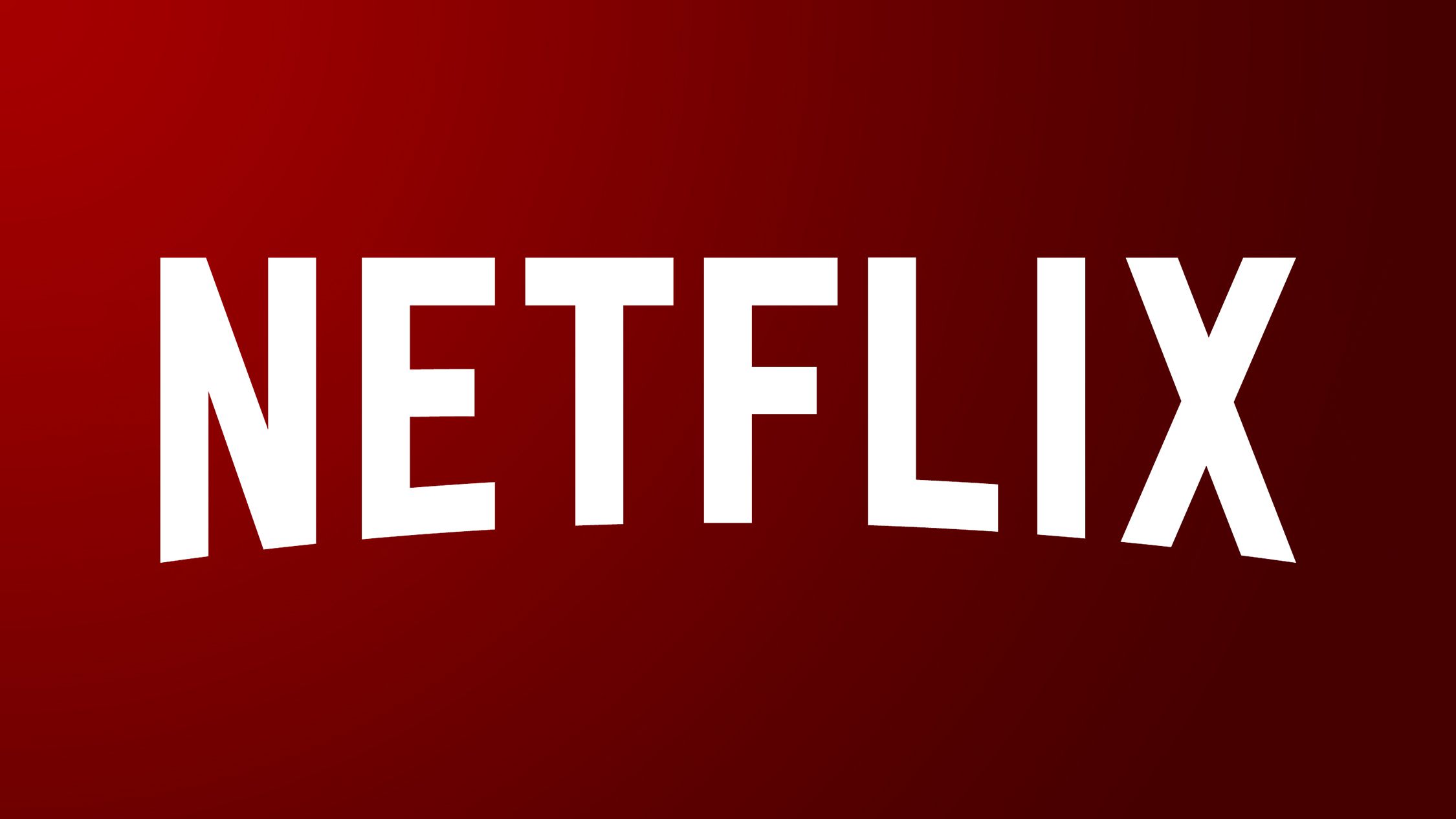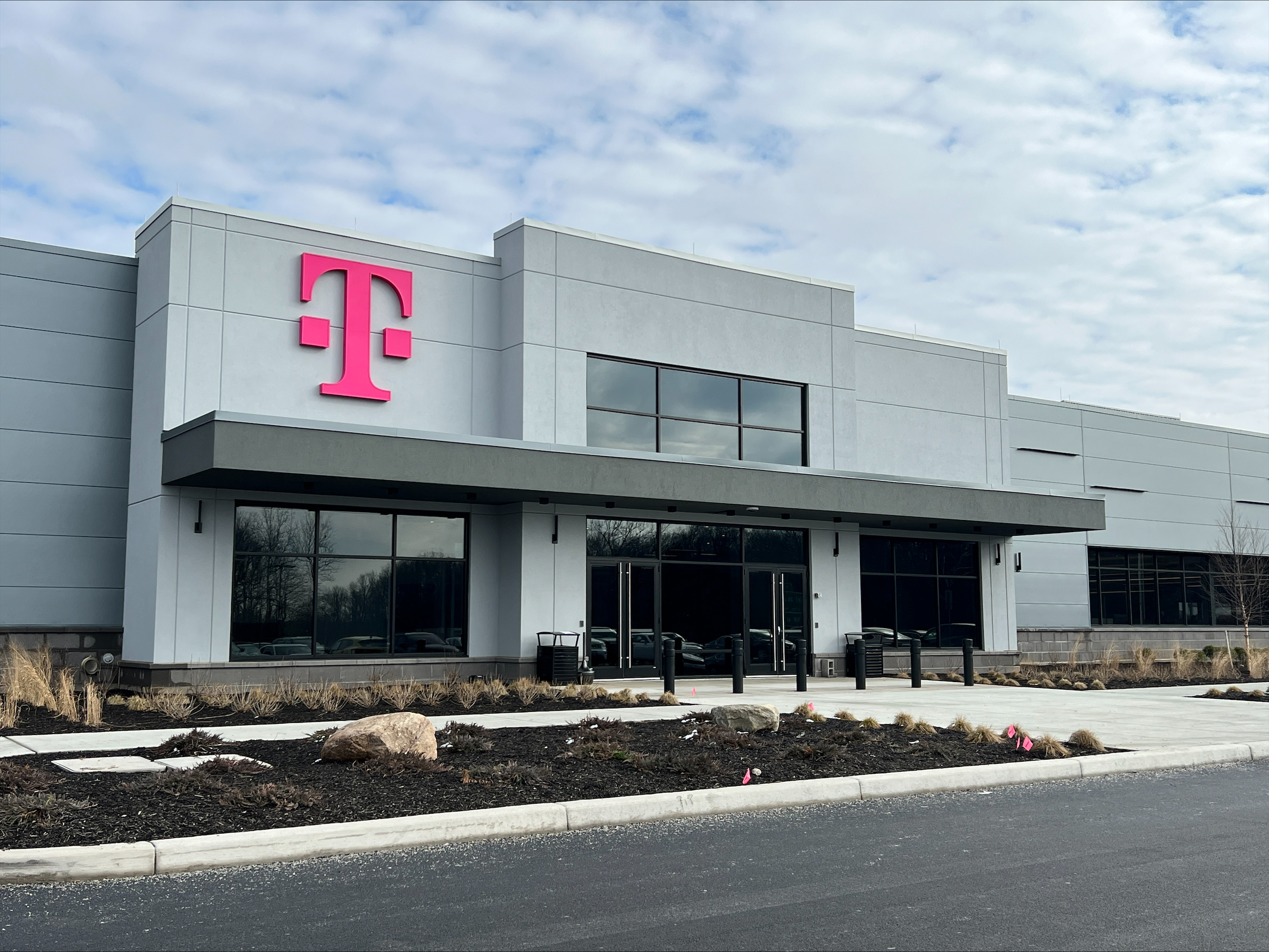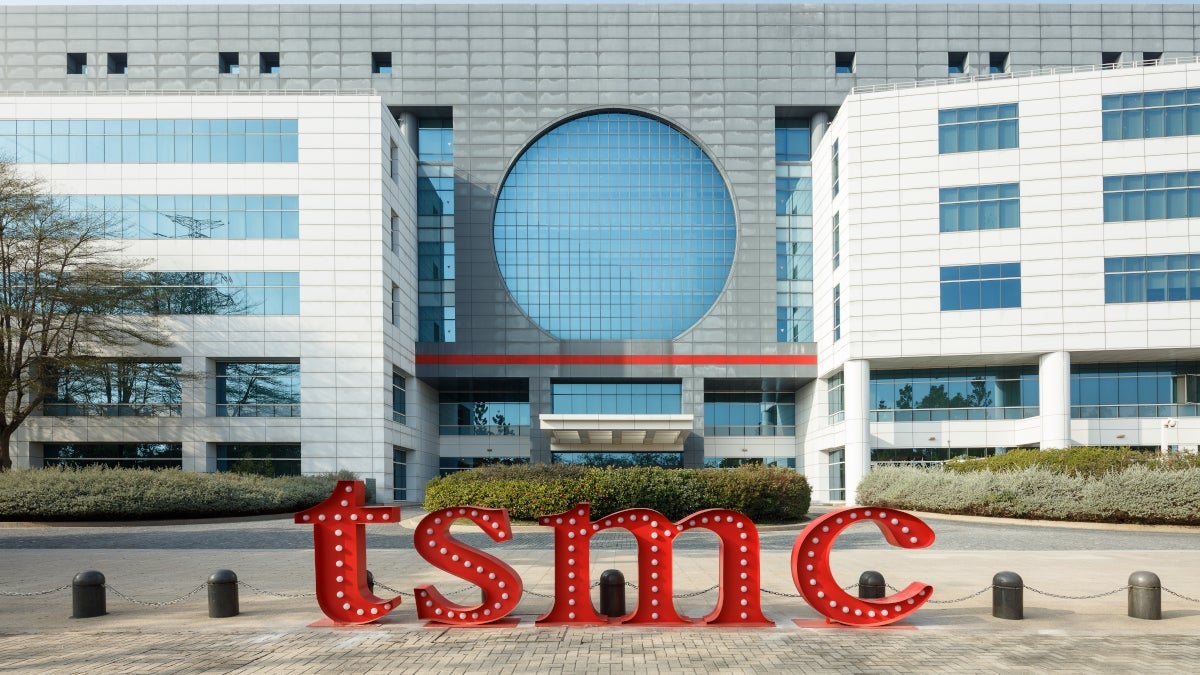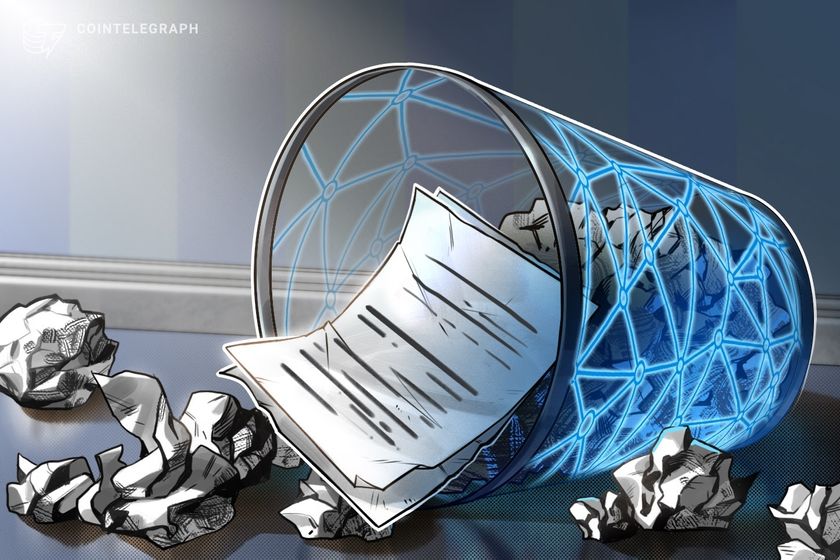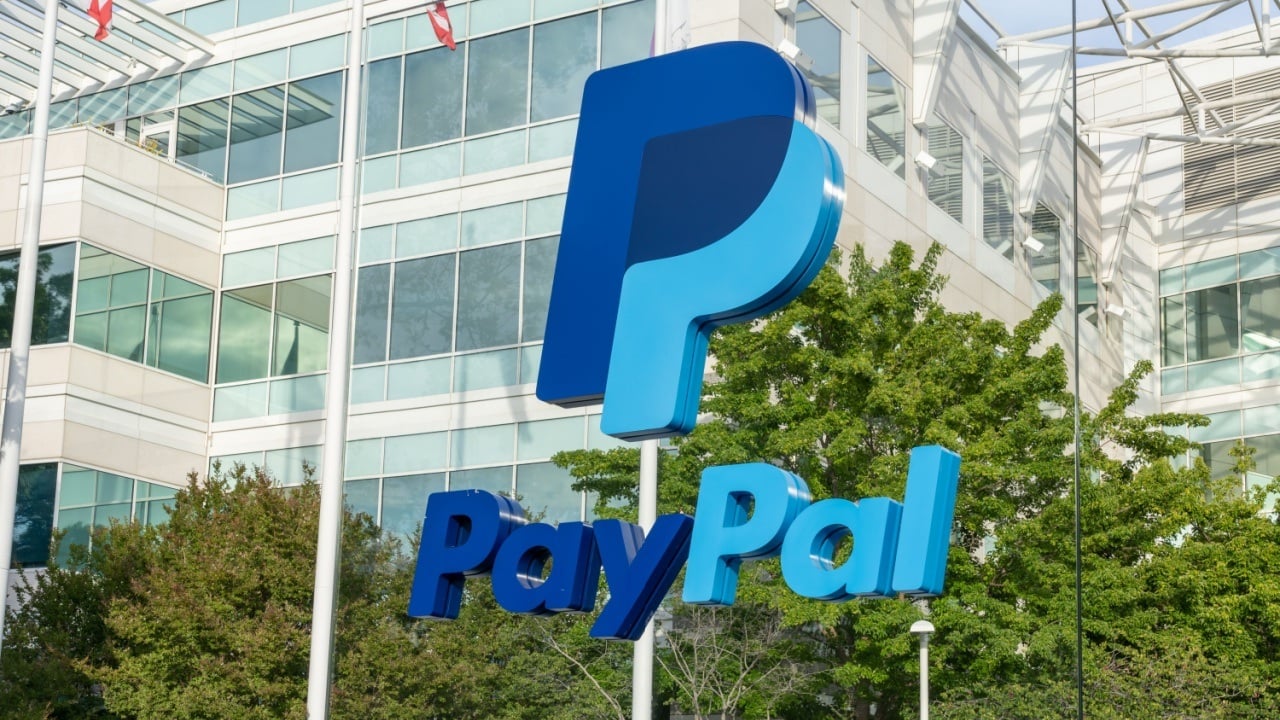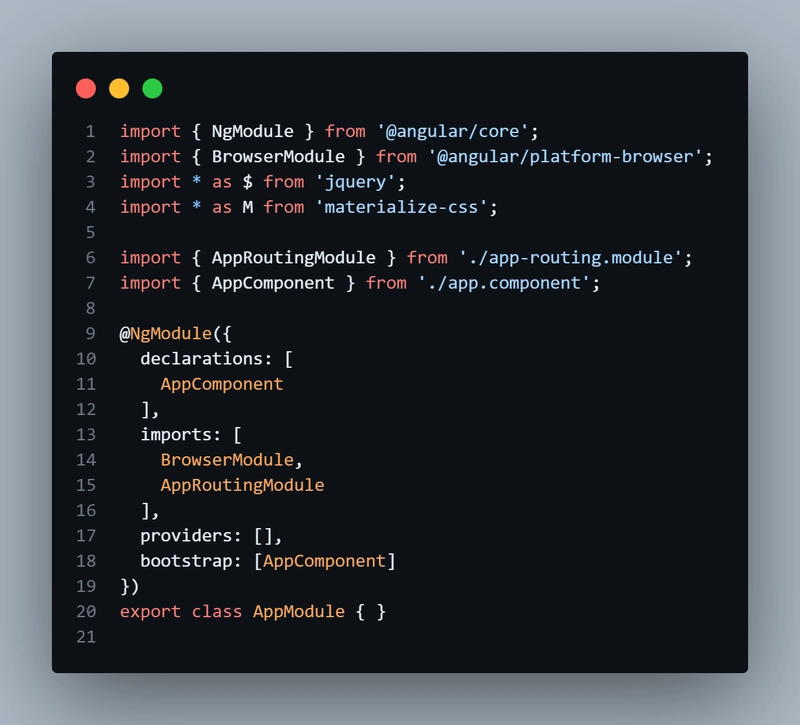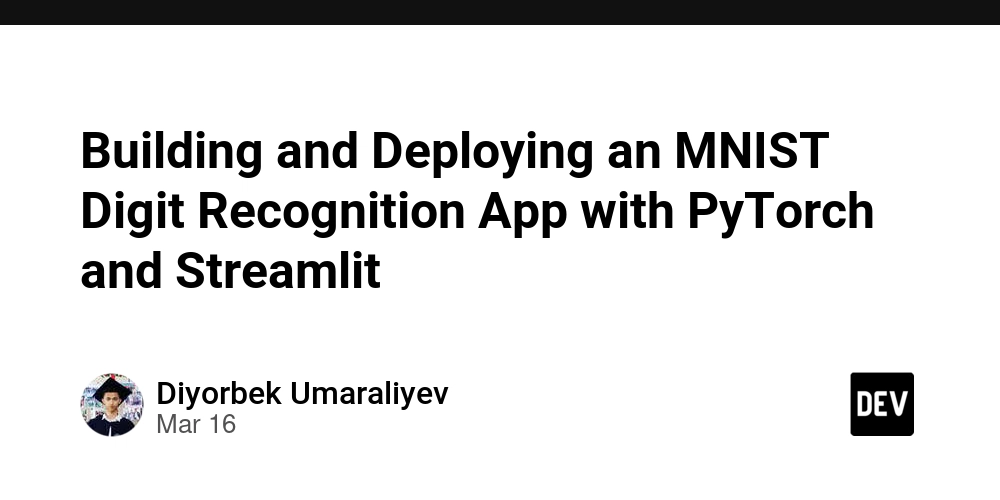Navigating Open Source Licenses: A Guide for Indie Hackers – A Holistic Overview
Abstract: This post dives deep into the world of open source licensing for indie hackers, highlighting licensing fundamentals, practical selection strategies, and real-world examples. We explore historical context, core features of permissive and copyleft licenses, and discuss challenges and future trends in open source licensing. Along the way, we offer insights, comparison tables, bullet point summaries, and valuable links—from the original article on Navigating Open Source Licenses for Indie Hackers to other authoritative resources—ensuring developers have a roadmap to make informed licensing decisions. Introduction Indie hacking projects are the birthplace of innovation, creativity, and community-driven success. Open source licenses are a critical aspect, determining how your code may be used, shared, and even monetized. Whether you aim for broad adoption or prefer keeping contributory energy within a tightly knit community, selecting the right license shapes your project's roadmap and reputation. In this post, we explore open source licensing from a technical yet accessible perspective. We cover the history of licensing, key differences between major licenses, practical case studies, current challenges, and emerging trends. This guide will help indie hackers navigate the legally complex but critically important realm of software licensing. Background and Context Open source licenses have played a pivotal role in the growth of the software industry. Originally born out of a need to foster collaboration and innovation, licenses now provide a legal framework that outlines how code—the lifeblood of technology—can be used and reused across the globe. Historically, documents like the MIT License, Apache License 2.0, and the GNU General Public License (GPL) have become industry standards. Each of these licenses offers a unique balance between freedom and restrictions. Key Terminology: Permissive Licenses: These licenses, including MIT and Apache 2.0, impose minimal conditions and are ideal for projects seeking rapid, widespread adoption. Copyleft Licenses: Exemplified by the GPL, these licenses ensure modifications remain open and under the same license terms, fostering community collaboration and sharing. Over time, the licensing ecosystem has evolved with considerations such as patent ramifications, global legal interpretations, and even the rise of blockchain-based licensing innovations. Today, developers have a vast array of models at their disposal, supported by communities, funding mechanisms, and tools designed to streamline license compliance. Core Concepts and Features Open source licenses generally fall into two camps: permissive and copyleft. Here, we explore their critical features and implications. Permissive Licenses Permissive licenses make it easy for others to integrate your code into new projects. They allow developers to use, modify, and distribute software with minimal obligations, typically requiring attribution for original work. Key Features: Flexibility: Can be incorporated into proprietary software, increasing adoption. Simplicity: Fewer legal obligations lead to faster integration and lower entry barriers. Patent Grants: Some permissive licenses like the Apache License 2.0 provide explicit patent rights, protecting innovation. Copyleft Licenses Copyleft licenses, on the other hand, require derivative works to maintain the same license conditions as the original work. These licenses help ensure that community modifications remain open. Key Features: Reciprocity: Any modification or derivative work must be shared under the same terms. Community Trust: Encourages a culture of open innovation and collaborative improvement. Legal Safeguards: May deter proprietary exploitation, thereby preserving the open source ethos. Table: Comparison of Key Open Source Licenses License Type Primary Features Best For MIT License Permissive Minimal restrictions, simple language, requires attribution Utility libraries, frameworks, rapid adoption Apache License 2.0 Permissive Strong patent protection, flexible integration Innovation-rich projects, enterprise-level projects GNU GPL v3 Copyleft Requires modifications to be open, strong share-alike clause Projects emphasizing transparency and community-based enhancements Creative Commons (CC0) Public Domain Waives all rights, allowing free usage without restrictions Content, data, or creative projects where complete freedom is desired Additional Licensing Considerations Legal Safeguards vs. Commercial Flexibility: Indie hackers must weigh legal protections against commercial ambitions. Projects aiming for integration into proprietary ecosystems benefit from permissive licenses. Conversely, if you want your code to remain perpetually open, a copyleft license might be more suitable. Community Involvement: A vibrant community ca

Abstract:
This post dives deep into the world of open source licensing for indie hackers, highlighting licensing fundamentals, practical selection strategies, and real-world examples. We explore historical context, core features of permissive and copyleft licenses, and discuss challenges and future trends in open source licensing. Along the way, we offer insights, comparison tables, bullet point summaries, and valuable links—from the original article on Navigating Open Source Licenses for Indie Hackers to other authoritative resources—ensuring developers have a roadmap to make informed licensing decisions.
Introduction
Indie hacking projects are the birthplace of innovation, creativity, and community-driven success. Open source licenses are a critical aspect, determining how your code may be used, shared, and even monetized. Whether you aim for broad adoption or prefer keeping contributory energy within a tightly knit community, selecting the right license shapes your project's roadmap and reputation.
In this post, we explore open source licensing from a technical yet accessible perspective. We cover the history of licensing, key differences between major licenses, practical case studies, current challenges, and emerging trends. This guide will help indie hackers navigate the legally complex but critically important realm of software licensing.
Background and Context
Open source licenses have played a pivotal role in the growth of the software industry. Originally born out of a need to foster collaboration and innovation, licenses now provide a legal framework that outlines how code—the lifeblood of technology—can be used and reused across the globe.
Historically, documents like the MIT License, Apache License 2.0, and the GNU General Public License (GPL) have become industry standards. Each of these licenses offers a unique balance between freedom and restrictions.
Key Terminology:
- Permissive Licenses: These licenses, including MIT and Apache 2.0, impose minimal conditions and are ideal for projects seeking rapid, widespread adoption.
- Copyleft Licenses: Exemplified by the GPL, these licenses ensure modifications remain open and under the same license terms, fostering community collaboration and sharing.
Over time, the licensing ecosystem has evolved with considerations such as patent ramifications, global legal interpretations, and even the rise of blockchain-based licensing innovations. Today, developers have a vast array of models at their disposal, supported by communities, funding mechanisms, and tools designed to streamline license compliance.
Core Concepts and Features
Open source licenses generally fall into two camps: permissive and copyleft. Here, we explore their critical features and implications.
Permissive Licenses
Permissive licenses make it easy for others to integrate your code into new projects. They allow developers to use, modify, and distribute software with minimal obligations, typically requiring attribution for original work.
Key Features:
- Flexibility: Can be incorporated into proprietary software, increasing adoption.
- Simplicity: Fewer legal obligations lead to faster integration and lower entry barriers.
- Patent Grants: Some permissive licenses like the Apache License 2.0 provide explicit patent rights, protecting innovation.
Copyleft Licenses
Copyleft licenses, on the other hand, require derivative works to maintain the same license conditions as the original work. These licenses help ensure that community modifications remain open.
Key Features:
- Reciprocity: Any modification or derivative work must be shared under the same terms.
- Community Trust: Encourages a culture of open innovation and collaborative improvement.
- Legal Safeguards: May deter proprietary exploitation, thereby preserving the open source ethos.
Table: Comparison of Key Open Source Licenses
| License | Type | Primary Features | Best For |
|---|---|---|---|
| MIT License | Permissive | Minimal restrictions, simple language, requires attribution | Utility libraries, frameworks, rapid adoption |
| Apache License 2.0 | Permissive | Strong patent protection, flexible integration | Innovation-rich projects, enterprise-level projects |
| GNU GPL v3 | Copyleft | Requires modifications to be open, strong share-alike clause | Projects emphasizing transparency and community-based enhancements |
| Creative Commons (CC0) | Public Domain | Waives all rights, allowing free usage without restrictions | Content, data, or creative projects where complete freedom is desired |
Additional Licensing Considerations
Legal Safeguards vs. Commercial Flexibility:
Indie hackers must weigh legal protections against commercial ambitions. Projects aiming for integration into proprietary ecosystems benefit from permissive licenses. Conversely, if you want your code to remain perpetually open, a copyleft license might be more suitable.Community Involvement:
A vibrant community can maintain and drive your project forward. Copyleft licenses may encourage developers to contribute back, while permissive licenses allow broader adoption from corporations and other commercial players.Obligations and Attribution:
Many open source licenses require attribution. Careful reading of license texts is important to ensure you meet legal obligations without compromising your project's goals.
Applications and Use Cases
The choice of license impacts how your project evolves in the real world. Here are a few practical examples:
Case Study 1: The Utility Library
Imagine you are an indie hacker developing a lightweight utility library. Your goal is widespread adoption. A permissive license like the MIT License is ideal because:
- It allows other developers to integrate your code into both open and proprietary projects.
- It requires minimal legal overhead, accelerating development cycles.
- It offers flexibility and supports rapid commercialization if the library becomes a standard tool.
For more insights on popular open source licenses, check out the MIT License details.
Case Study 2: Community-Centric Platform
Now, consider a specialized platform where you encourage community contributions and want any modifications to propagate to future versions. Here, a copyleft license such as the GNU GPL is better suited:
- It ensures improvements remain open for all community use.
- It builds an ecosystem that upholds transparency and mutual development.
- The reciprocal nature of the license nurtures a collaborative culture.
If you’re interested in in-depth community engagement strategies, visit Community Engagement Strategies.
Case Study 3: Monetized Product with Open Foundations
A hybrid approach can be optimal if monetization is a goal but you also want to benefit from community input. For instance:
- Dual Licensing Strategy: Use an open source license for community collaboration combined with a proprietary license for enterprise features.
- Support Services: Monetize by offering premium services, consulting, or hosting, while keeping core code open.
For indie hackers exploring monetization, the Monetizing Open Source Projects Guide offers insightful strategies.
Challenges and Limitations
While choosing an open source license brings numerous benefits, there are challenges and limitations developers must consider.
Technical Challenges
Understanding Legal Jargon:
Software developers are experts in code, not law. Grasping the legal language of licenses may feel overwhelming and requires diligence.Compatibility Issues:
Integrating code under various licenses can be problematic. Some licenses have strict requirements that might conflict with others, complicating code reuse and module integration.Enforcement Complexity:
Monitoring and ensuring compliance with license terms, especially in a global community, is a challenging task. Tools and legal advice become essential in such cases.
Adoption Challenges
Community Resistance:
Sometimes, stricter licenses (like copyleft) can deter potential contributors who prefer minimally restrictive licenses. Balancing open collaboration with legal safeguards is a tightrope walk.Market Dynamics:
For indie hackers looking to monetize their innovations, the desire to protect intellectual property may conflict with the open nature of a license. This tension requires a careful strategic choice.
Table: Common Challenges in Open Source Licensing
| Challenge | Impact | Mitigation Strategy |
|---|---|---|
| Legal Complexity | Difficulty in understanding legal terms | Seek legal advice; use summaries and guides |
| Compatibility issues | Conflicts between different licensing models | Choose licenses with compatible provisions |
| Enforcement and Compliance | Hard to track misuse or improper integration of licensed code | Leverage automated tools and community reporting |
| Contribution Barriers | Overly restrictive licenses may limit participation | Balance innovation with open collaboration |
External Perspectives from Dev.to
Several developers have shared their experiences on platforms like Dev.to. For instance, Bob Cars explores GNU GPL v3 deeply, while others, such as Ashu Commits on GitHub Sponsors, address funding and sustainability in the open source community. These external perspectives are invaluable for understanding real-world challenges and strategies.
Future Outlook and Innovations
The open source license landscape is dynamic, and several trends are shaping its future:
Emergence of Blockchain-Based Licensing
Blockchain technology is emerging as a solution for transparent license tracking and compliance enforcement. Projects like License Token are already revolutionizing how licenses are distributed and managed, ensuring traceability and fairness. Additionally, blockchain's role in decentralizing project funding is gaining momentum, as seen in Open Source Funding for Blockchain Projects.
Tokenization of Open Source Licenses
Tokenization is another innovative trend where open source contributions are rewarded with tokens. These tokens can represent a quantifiable contribution or even offer investors a stake in future successes. Such methods could transform how indie hackers monetize their open source projects while ensuring continuous community engagement.
Evolving Legal Frameworks
As open source projects increasingly intersect with global commerce and technology, legal frameworks are evolving to keep pace. International organizations and communities are working toward standardizing terms, ensuring that the spirit and letter of open source licensing are upheld everywhere.
Integration with Open Source Funding Models
Funding remains a critical challenge for many indie developers. Models like GitHub Sponsors, crowdfunding, and direct donations are reshaping how projects sustain themselves financially. For more insights on sustainable funding, please refer to Sustainable Funding for Open Source.
Bullet List: Future Innovations in Open Source Licensing
- Blockchain-based license management for enhanced transparency.
- Tokenization to quantify contributions and reward developers.
- Standardization of legal frameworks for global compatibility.
- Integration of open source funding into traditional business models.
Summary
In conclusion, selecting an appropriate open source license is as strategic as it is legal. For indie hackers, the decision influences community engagement, commercial opportunities, and the sustainability of the project itself. This post reviewed the essential aspects of open source licenses—from permissive licenses like MIT and Apache to copyleft licenses like GNU GPL—highlighting their key features, benefits, and challenges.
We also discussed practical applications through real-world case studies and the challenges developers face when navigating this complex terrain. With a dynamic future marked by blockchain innovations, tokenization, and evolving legal norms, staying informed and adaptable is crucial.
For further reading and expert perspectives, check out the original Navigating Open Source Licenses for Indie Hackers article, and explore additional insights on platforms like Dev.to and Ashu Commits.
Whether your project is a utility library seeking wide integration or a community-driven platform emphasizing copyleft principles, the right open source license can set you on a path to success. Remember to carefully assess your goals, understand the legal terms, and consider future needs. With the right license, you’re not just releasing code—you’re building a sustainable digital ecosystem where innovation thrives.
By blending technical analysis with a human-centric approach, indie hackers can embrace open source licensing not only as a legal requirement but as a strategic empowerment tool for growth, collaboration, and future success.










































































































































































![[The AI Show Episode 144]: ChatGPT’s New Memory, Shopify CEO’s Leaked “AI First” Memo, Google Cloud Next Releases, o3 and o4-mini Coming Soon & Llama 4’s Rocky Launch](https://www.marketingaiinstitute.com/hubfs/ep%20144%20cover.png)

































































































































![[DEALS] Sterling Stock Picker: Lifetime Subscription (85% off) & Other Deals Up To 98% Off – Offers End Soon!](https://www.javacodegeeks.com/wp-content/uploads/2012/12/jcg-logo.jpg)











































































































.jpg?#)















































































































































![Apple to Shift Robotics Unit From AI Division to Hardware Engineering [Report]](https://www.iclarified.com/images/news/97128/97128/97128-640.jpg)

![Apple Shares New Ad for iPhone 16: 'Trust Issues' [Video]](https://www.iclarified.com/images/news/97125/97125/97125-640.jpg)













































